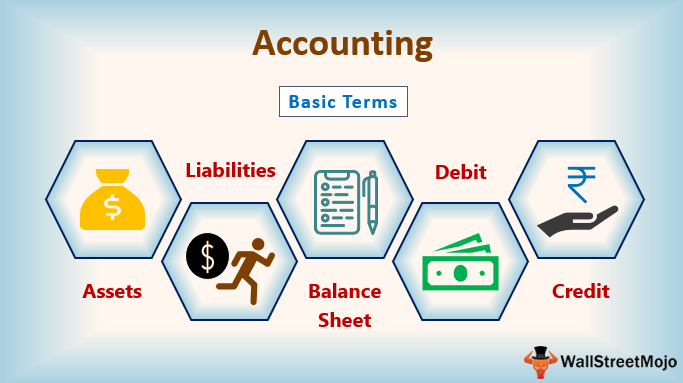
Accounting process begins with the origin and identification of business transaction is followed by recording, classification and summarization of business transactions culminating in preparation of trial balance and financial statements i.e. Profit and loss account and Balance Sheet.
Following steps are followed in accounting process:
(1) Identification of Transaction: Accounting deals with business transactions which are monetary in nature. The transactions which cannot be measured and expressed in terms of money cannot be recorded in accounting. It is necessary that these transactions are evidenced by an appropriate document such as cash memo, purchase invoice, sales invoice, pay in slip , cheque book , pass book etc. A document which provide evidence of the transaction is called the Source Document.
(2) Preparation of Vouchers: On the basis of source documents entries are, first of all , recorded on vouchers and then on the basis of vouchers recording is made in the journal or books of original entry. Vouchers are printed separately by all the firms in their own names.
(3) Recording in Books of Original Entry: The books in which transaction recorded for the first time from a voucher or a source document are called ‘Books of Original Entry’. Journal is one of the books of original entry in which transactions recorded in a chronological order according to the principles of double entry system.
(4) Posting to Ledger: The next step in the accounting process is to transfer the entries recorded in journal to respective accounts in ledger. Ledger is the principal books of accounts in which all the transactions ultimately find their place under their respective accounts in a duly classified form. Likewise, Separate accounts are opened for assets, liabilities, purchases and sales etc. All incomes and expenses which are already recorded in Journal are again classified under separate heads in ledger, such as salary account, rent account, Discount account etc.
(5) Preparation of Trial Balance and Financial statement: A trial balance is a statement, prepared with the debit and credit balances of ledger accounts to check the arithmetical accuracy of posting and balancing of ledger accounts. If a trial balance does not tally, it indicates that some errors in posting or balancing of accounts have occurred and steps are taken to locate and rectify such errors. As the trial balance contains the balances of all ledger accounts, it provides a basis for preparation of financial statements namely Trading and Profit and loss accounts and a Balance Sheet.

Bases of Accounting:
There are two bases of ascertaining profit and loss.
(1) Cash Basis of Accounting: Under this basis, incomes are not recorded unless they are received in cash. Expenses are recorded only when they are paid in cash. Credit transactions are not recorded at all and are ignored till each is actually received or paid for them.
Advantages–
(i) This basis is simple, realistic and satisfies the conservative instinct of many people.
(ii) It does not require the use of estimates and personal judgement.
(iii) It is suitable for those enterprises where most of the transactions are on cash basis.
Disadvantages-
(i) It does not give a true and fair view of profit and loss and financial position of the enterprise because it ignores outstanding expenses, prepaid expenses, accrued incomes and incomes received in advance.
(ii) It does not follow matching principle of accounting.
(iii) There is a great possibility of manipulation of profit .
(2) Accrual basis of Accounting: Under the basis, incomes are recorded when they are earned or accrued, irrespective of the fact whether cash is received or not that is sales made on credit will be included in total sales of the period. Similarly, expenses are recorded when they are incurred or become due and not when the cash is paid for them e.g. rent due to the landlord but not paid will be treated as expense for the period when it is due and not in the period when it is due and not in the period when it is paid.
Advantages:
(i) It discloses true profit or loss for a particular period and also depicts true financial position of the business at the end of a particular period because it takes into account all transactions relating to a particular period and takes into account all adjustments like outstanding expenses, prepaid expenses, accrued income and income received in advance.
(ii) It follows the matching principle of accounting.
(iii) There is consistency in the computation of profits of different years in accrual basis because it makes a distinction between capital and revenue expenditure.
(iv) It is recognized by Companies Act, 2013.
Disadvantages:
(i) It is not as simple as cash basis of accounting.
(ii) It requires the use of estimates and personal judgements.